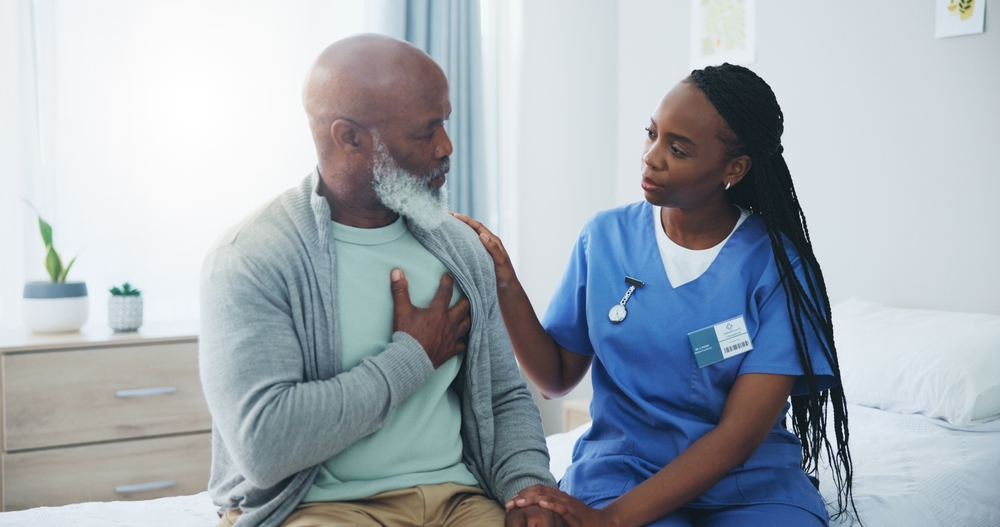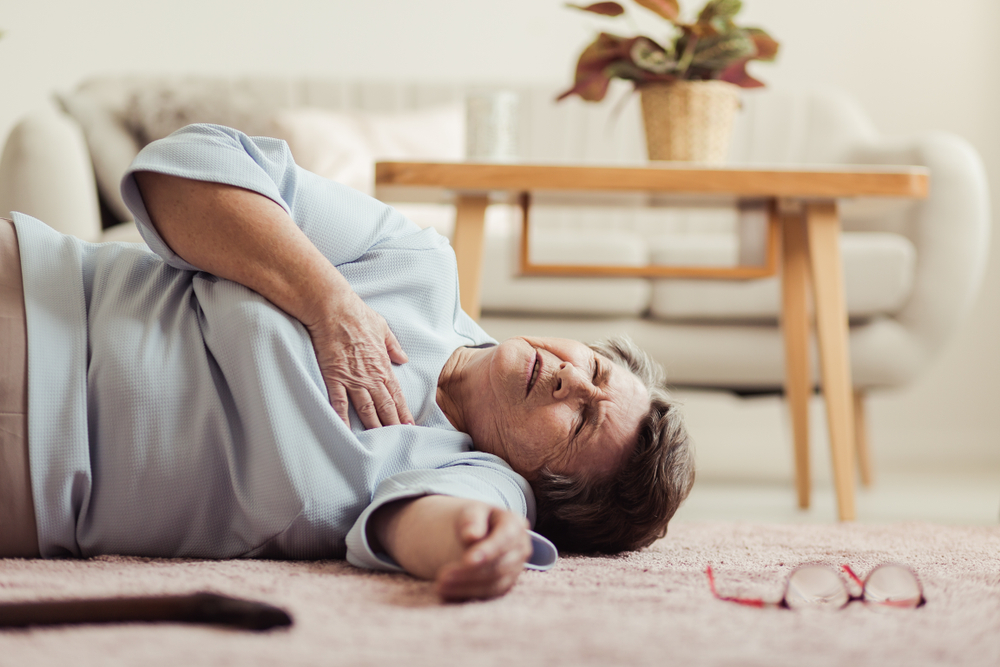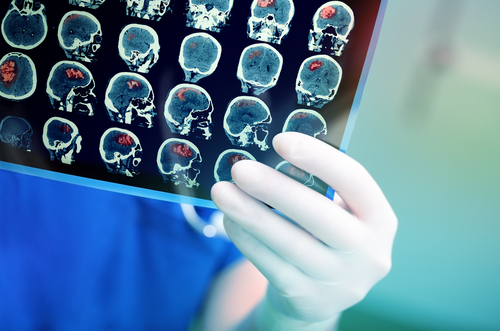Stroke Survival, Recovery, and Rehabilitation in the Elderly
Category:
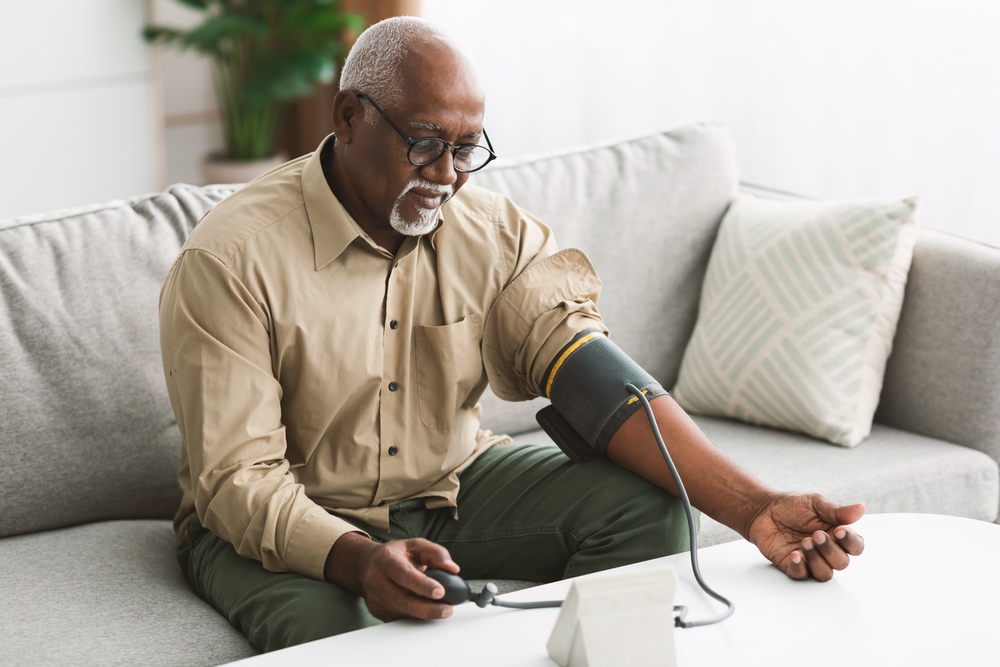
Caring for a loved one after a stroke can be taxing physically, mentally, and emotionally. Even seniors who are lucky enough to survive a stroke have a long road to recovering their ability to speak and control their basic motor skills. In this post, we’ll take a deep dive on stroke recovery in elderly patients and what you can do to help accelerate the stroke recovery timeline for your senior.
Recovery from Strokes in the Elderly
The biggest factor impacting stroke survival rate in the elderly is a quick response time. The faster your loved one receives medical attention, the better their chances at a full recovery.
Familiarizing yourself with the signs of a stroke and being prepared to react quickly will have a major impact on the prognosis for strokes in the elderly.
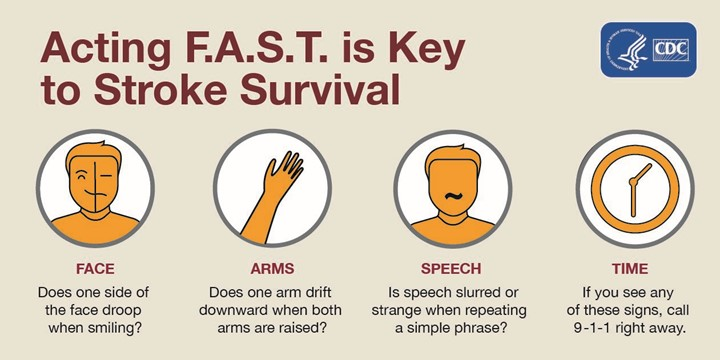
Stroke Recovery Timeline in Elderly Patients
For most patients who suffer a stroke, recovery can take anywhere from six to 12 months of rehab including speech, occupational, and physical therapy. However, the timeline for recovery may vary greatly depending on the severity of the stroke and how quickly after the event your senior received medical care.
Preeti Raghavan, M.D., of Johns Hopkins School of Medicine offers this breakdown of a standard stroke recovery timeline:
Initial Treatment of Strokes in the Elderly
Patients will be admitted to an emergency room to stabilize their condition and identify the type of stroke. If the stroke was caused by a blood clot, medication can help reduce long-term effects if they are administered in time. In cases of severe stroke recovery, elderly patients may need to spend time in an intensive care unit. According to Raghavan, rehabilitation should ideally begin within 24 hours of the stroke.
1 – 4 Weeks After a Stroke
Most patients will require five to seven days in the hospital to evaluate the effects of the stroke, and determine a rehab plan. Physical and occupational therapy will help determine which parts of the brain have been affected, while speech-language therapy will be important for patients who have difficulty with swallowing or complications from having a breathing tube.
After leaving the hospital, rehab should continue with the aid of one of the following:
- An inpatient or independent rehab facility, if the patient can benefit from active monitoring by medical professionals and is able to keep up with several hours of therapy per day.
- A subacute rehab facility, if the patient requires a slower pace of rehab.
- At home with visits to an outpatient rehab clinic as needed.
1-3 Months After a Stroke
According to Raghavan, the first three months after a stroke are the most important for recovery and this is the time where stroke victims will see the most improvement. Research shows that intensive motor rehabilitation is most effective 60 to 90 days after the stroke. Patients should ideally be completing one of the aforementioned rehab programs or actively making progress in outpatient therapy.
During this time, patients will be working to restore prestroke functions as much as possible, or developing compensation strategies to work around any functional impairment. Patients may experience what’s known as spontaneous recovery, where an ability that seemed lost returns as the brain creates new pathways to complete tasks.
Download Our FREE Path to Care Guide
6+ Months After a Stroke
After the six-month mark, further improvements are possible but will be much slower. This is generally the time when patients will start to settle into their new normal, whether that means full recovery or ongoing impairment will depend on the severity of the stroke, initial response time, and successful rehab efforts. Proper aftercare with your loved one’s medical team can see further improvement months or even years after the initial stroke.
To learn more about our home care services, contact our caregiving team today at 1-800-GRISWOLD or find a Caregiver near you.
Subscribe
Date: 2024-08-22
Category:
